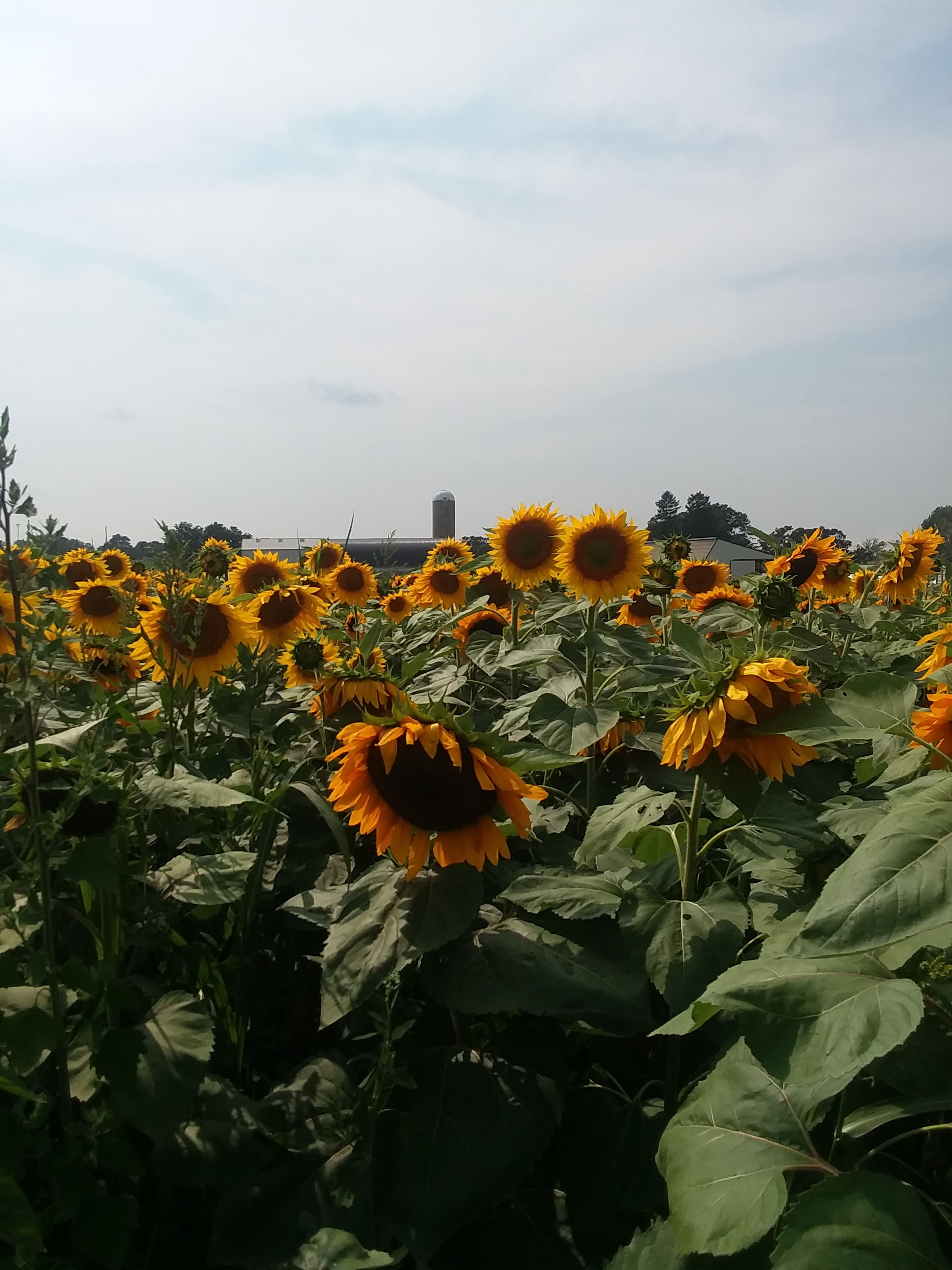This post was written by Emily Rusch, Research Services Assistant.

Writers’ Program of the Work Projects Administration in the State of Wisconsin, Wisconsin : a guide to the Badger State, F586 .W97, Special Collections Research Center, George Mason University Libraries.
George Mason University’s Special Collections Research Center has a collection of books known as the American Guide Series. This series, which was donated by Herbert Little, has a guidebook for each of the fifty states. I will be focusing on the book about Wisconsin, the place I call home. Wisconsin: A Guide to the Badger State was written in 1941 and has almost 700 pages filled with tips for travelers, history, legends and photographs of the state. I grew up in Wisconsin before
moving to Virginia to pursue a double major in Global Affairs and Religious Studies at George Mason. I am very glad that I am able to go to school in Virginia, but I always look forward to visiting my favorite places in Wisconsin during school breaks!
The cover of Wisconsin has a picture of the state’s capital in Madison. I have visited Madison many times and have been inside the capitol. It is a beautiful building and visitors can climb to the top for a great view of the city. Madison is a large, bustling city and there are almost always people protesting outside of the capitol.
This book also has a section on Lakes and Rivers, something that there is an abundance of in Wisconsin. Minnesota might be known as the “Land of 10,000 Lakes,” but Wisconsin actually has more than 15,000 lakes! Two of the Great Lakes, Superior and Michigan, border Wisconsin to the north and east. Wisconsin has many beautiful state parks that were established around lakes and rivers. One of my favorites is Copper Falls State Park, known for its beautiful waterfalls that plummet into deep gorges.

Copper Fall’s Waterfall

Devil’s Doorway

Rock formations by the Dells

In addition, Wisconsin: A Guide to the Badger State has a chapter on the early settlers in Wisconsin. In the mid-1600s, the first Europeans came to WI as fur traders, hunters and missionaries (46). According to the book, almost half of the people in WI, 41.2%, claim Germany as their country of origin. Today German heritage is still very prevalent in Wisconsin and most towns have a German Fest or Octoberfest. The first official settlements in WI started in the mid-1800s. Laura Ingalls Wilder, author of the Little House on the Prairie books, was a pioneer who grew up in Wisconsin. Laura was born in 1867 in Pepin, Wisconsin. Visitors can go see the log cabin Laura writes about in Little House in the Big Woods and the Laura Ingalls Wilder museum. Pepin is also the starting point of the Laura Ingalls Wilder Historic Highway, which links the sites of Laura’s homes across the Midwest.
Wisconsin: A Guide to the Badger State also includes black and white photographs of farmers at work. Wisconsin is famous for being America’s dairy land. Wisconsin farmers provide the United States with corn, soybeans, potatoes, cranberries, eggs and, of course, cheese! Wisconsin is home to over one and a quarter million dairy cows! According to the Department of Agriculture, “Wisconsin ranks first in the nation for snap beans, cheese, cranberries, ginseng, goat milk, and corn.”

Sunflower farms


To learn more about Wisconsin, or discover fun facts about your own state, check out the Special Collections Research Center on the second floor of Fenwick Library.
Follow Special Collections Research Center on Social Media at our Facebook, Instagram, and Twitter accounts. To search the collections held at Special Collections Research Center, go to our website and browse the finding aids by subject or title. You may also e-mail us at speccoll@gmu.edu or call 703-993-2220 if you would like to schedule an appointment, request materials, or if you have questions. Appointments are not necessary to request and view collections.

